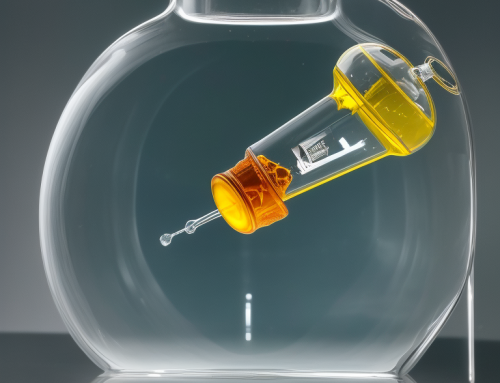The Physics Behind Gravity Bongs: A Deep Dive
As a seasoned physicist with a deep interest in the applications of physical principles in everyday life, I’m intrigued by how science intermingles with commonplace objects. One such area where physics demonstrates its magic is in the functioning of gravity bongs. Let’s take an in-depth look at the fascinating mechanics behind these devices and illuminate the science that makes them tick.
Gravity bongs, also known as bucket bongs, are a smoking apparatus that uses the power of gravity and air pressure to function. Here, we’ll unpack the science behind these tools, focusing primarily on the principle of displacement and how it facilitates smoke creation and filtration.
How Does a Gravity Bong Work?
Gravity bongs operate on the basic principles of fluid dynamics and air pressure. Here’s a step-by-step breakdown of the process:
- The Setup: A gravity bong typically consists of two parts – a larger container filled with water and a smaller, bottle-like container with a bowl attached at the top where the smoking material is placed.
- Creating Negative Pressure: When the smaller container is pushed down into the water-filled larger container, air is expelled out, creating a vacuum or an area of low pressure inside it.
- Lighting and Lifting: Once the smoking material is lit in the bowl, the smaller container is slowly lifted. The vacuum created previously causes a negative pressure that pulls the smoke into the smaller container.
- Inhalation: The user then removes the bowl and inhales from the top of the smaller container while pushing it back into the water. This action forces the smoke upwards and into the lungs.
This operation beautifully illustrates the principle of displacement and its role in smoke creation and filtration.
The Principle of Displacement in Action
Displacement is the change in position of an object. In the case of a gravity bong, as the smaller container is raised, it displaces the air inside, creating a space for the smoke to fill. The same principle is at work when the container is pushed back down, displacing the smoke and pushing it into the user’s lungs.
Filtration Process: A Physics Viewpoint
An added advantage of gravity bongs is the filtration process that the smoke undergoes. As the smoke is pulled through the water, it cools down, which makes the experience smoother. This cooling process is due to the principle of heat exchange where the warm smoke loses its heat to the cooler water.
As fascinating as the physics behind gravity bongs is, it’s important to mention that they are generally not recommended for regular use due to potential health concerns associated with high-intensity exposure to smoke. Therefore, this exploration is purely academic and should be viewed as an example of how physics principles apply to everyday life.
Gravity Bongs for Sale
For those interested in purchasing a gravity bong, you can check out these high-quality options at Vortex Gravity Bong. They offer an array of choices, showcasing the diversity of gravity bongs available in the market. Remember, responsible use is crucial when it comes to any smoking apparatus.
FAQs About Gravity Bongs
1. What is a gravity bong?
A gravity bong is a smoking apparatus that uses the principles of gravity and air pressure to draw smoke from the smoking material and deliver it to the user.
2. How does a gravity bong work?
A gravity bong works by creating a vacuum, which generates negative pressure. This negative pressure then draws the smoke into the bong when the smoking material is lit.
3. What is the principle of displacement in relation to gravity bongs?
In the context of a gravity bong, displacement occurs when the smaller container is moved within the water-filled larger container. This displacement creates space for the smoke to fill, which is then inhaled by the user.
In conclusion, the mechanics of a gravity bong is a captivating example of how physics isn’t just confined to the laboratory – it pervades our daily lives, even in the most unexpected ways. By understanding the principles that underlie these devices, we can better appreciate the profound reach of science.







